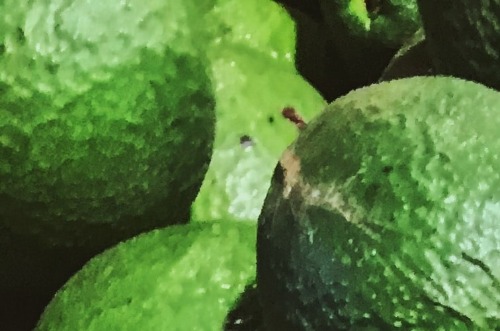July Review: Global Avocado Market Update (Supplying Countries)

Peru: Potential Peruvian Avocado Production Decrease is Foreshadowed
Season: May - September
An avocado exporter in New Zealand has explained that the avocado harvesting area in Peru is 50,000 hectares. 23,000 ha of the 50,000 ha is owned by approximately 7,000 small growers who experienced difficulties purchasing fertilizers due to political issues. The potassium content in fertilizers is crucial to fruit development, dry matter accumulation, and the subsequent shelf-life of the product. As a result, a shortage may occur in the next season, as 46% of the harvested area in Peru has had difficulties acquiring fertilizers.
Chile: Avocado Supply will fall by 20-35%
Season: September - March
The low temperatures and frosts observed in recent weeks in the central valleys of Chile (Valparaiso, Metropolitana, and Ohiggins) have damaged part of the Hass avocado production. According to local suppliers and exporters, avocado production in Chile is expected to fall for the 2022/23 season by between 20% and 35%. The damage varies across production areas and locations, depending on the production area and the farm's location.
Kenya: Kenyan Avocado Suppliers Shift Focus From EU to the Middle East Towards End of Season
Season: March - September
The Kenyan Avocado season is starting to wind down, with the window for quality exports to European countries by the sea coming to a close at the start of September. This is due to the maturity of the fruit during this period. Any export from Kenya by sea from late September to Europe might be a risk since the shelf life of the fruit will be reduced by 30-50%. Towards the end of the Kenyan avocado season, the preferable shipping destination is the Gulf Cooperation Council countries (Bahrain, Kuwait, Oman, Qatar, Saudi Arabia, and the UAE), with an estimated 9-10 days sea freight journey by CMA /CGM.
Kenya: Increasing avocado prices due to low supply in Kenya
Low avocado supply has seen processors and exporters pay more for the product. Since June, there has been an upward trend in avocado prices, affecting production costs incurred by processors. Today, 4kg is sold to processors by aggregators and brokers at Ksh. 400 (USD 3.39) compared to two weeks ago when the same quantity was being sourced at Ksh. 350 (USD 2.97). Products sourced from regions like Kisii go for an even higher price at Ksh. 520 (USD 4.4) for the 4kg due to transportation costs.
Australia: Rain Halt Avocado Harvest in Australia
Season: May - January
Heavy rain across the Australian Avocado growing regions on the East Coast of Australia has made the Harvest standstill yet again. Current stocks of fruit are back to the bare minimum as fruit can not be picked in the rain without causing damage to the skin. One of Tridge’s leading suppliers has only 250 trays available for this week due to the rain. The price have increased by AUD 1 up since last week from AUD 20 to AUD 21 for Premium Hass trays.
Colombia: Colombian Avocado Price Drops Due to High Production Season in Peru
Season: All year round
Peruvian avocado supply is high from May to August, which allows an increase in the volume exported to Europe. The increase in Peruvian avocado supply affected the wholesale price of Colombian avocados with a 10-15% price drop. Colombian avocado producers are opening new markets and sending more avocados to the United States to help regulate the avocado price. The United States has increased its demand for Colombian avocado since the supply is available year-round, and the Mexican avocado supply dropped this season.



